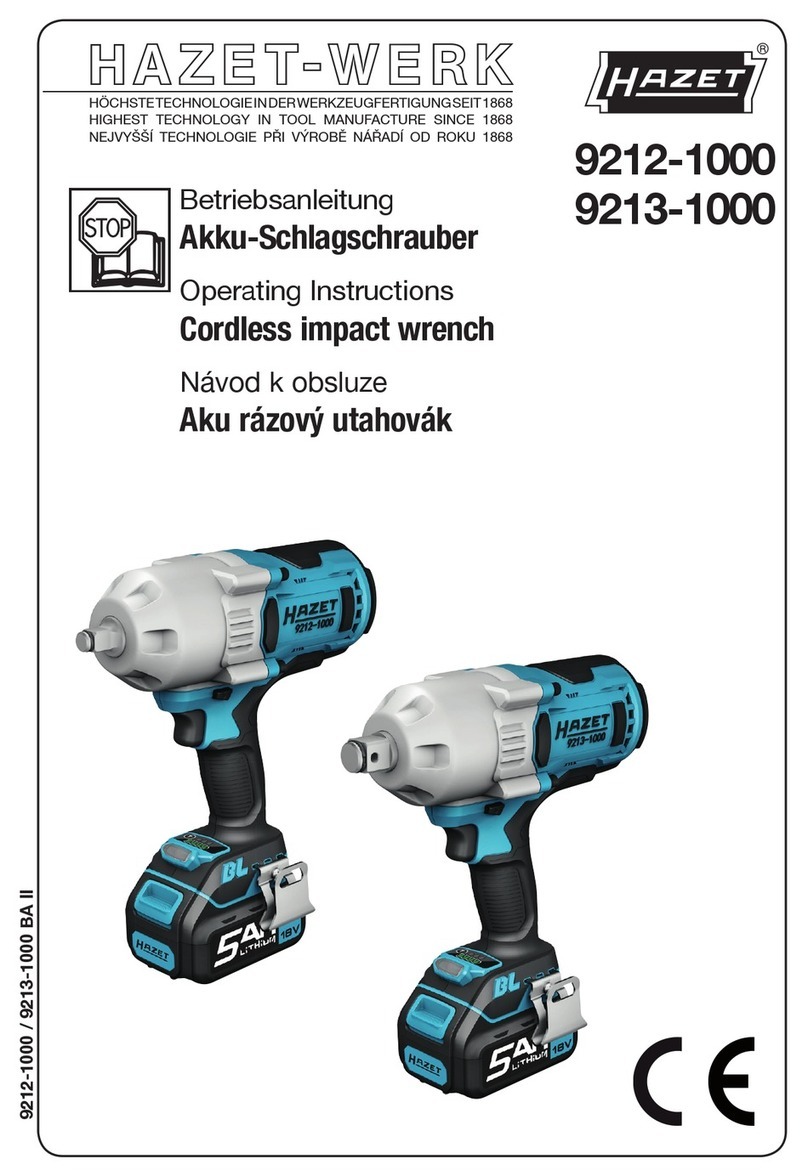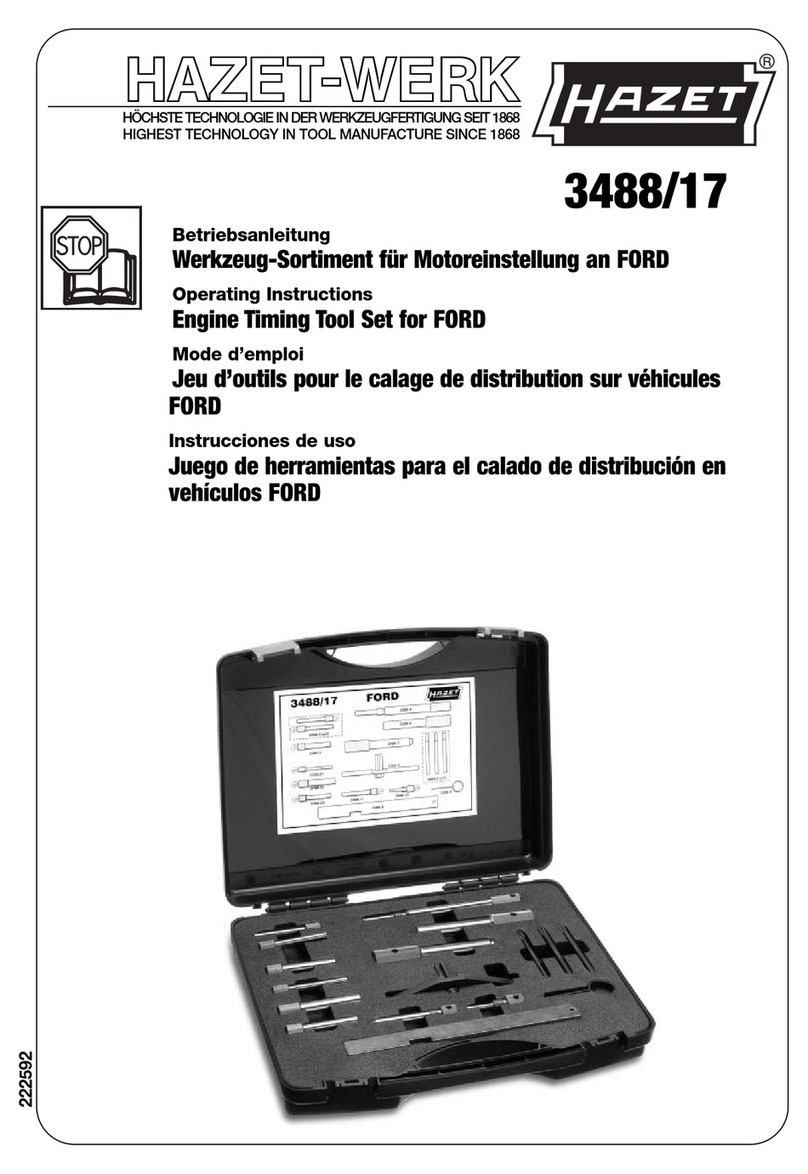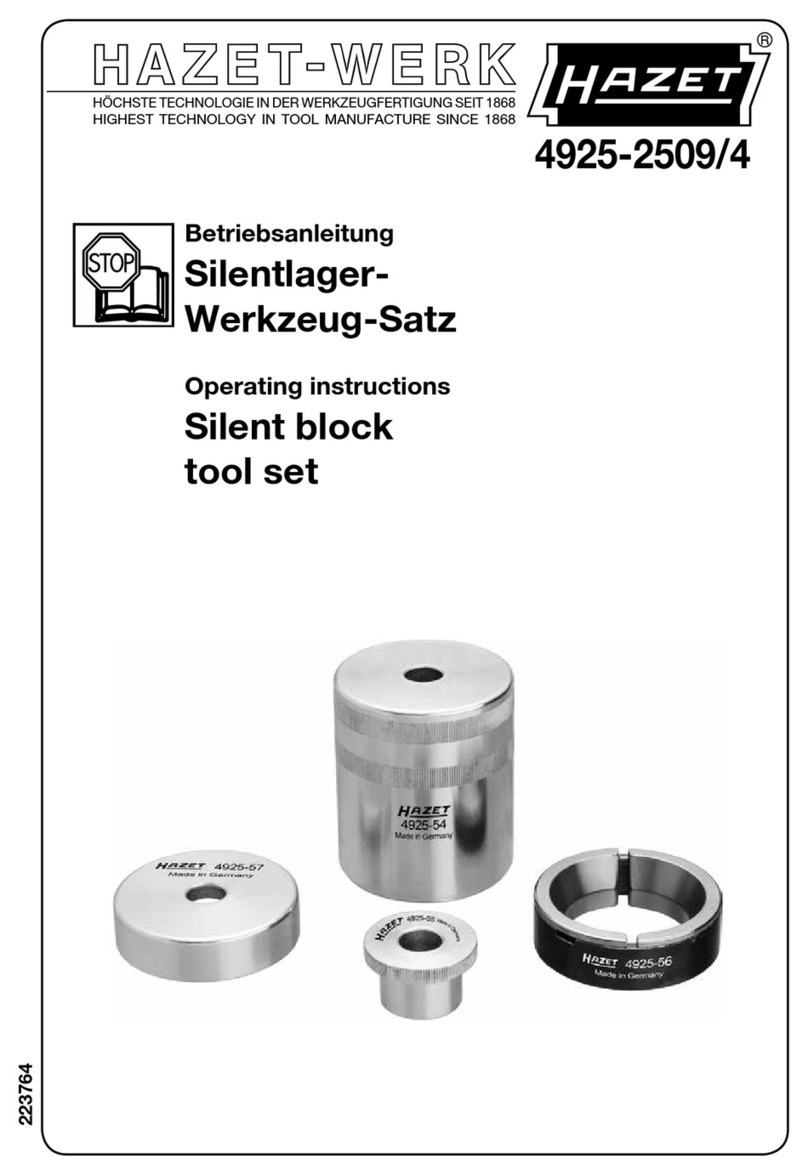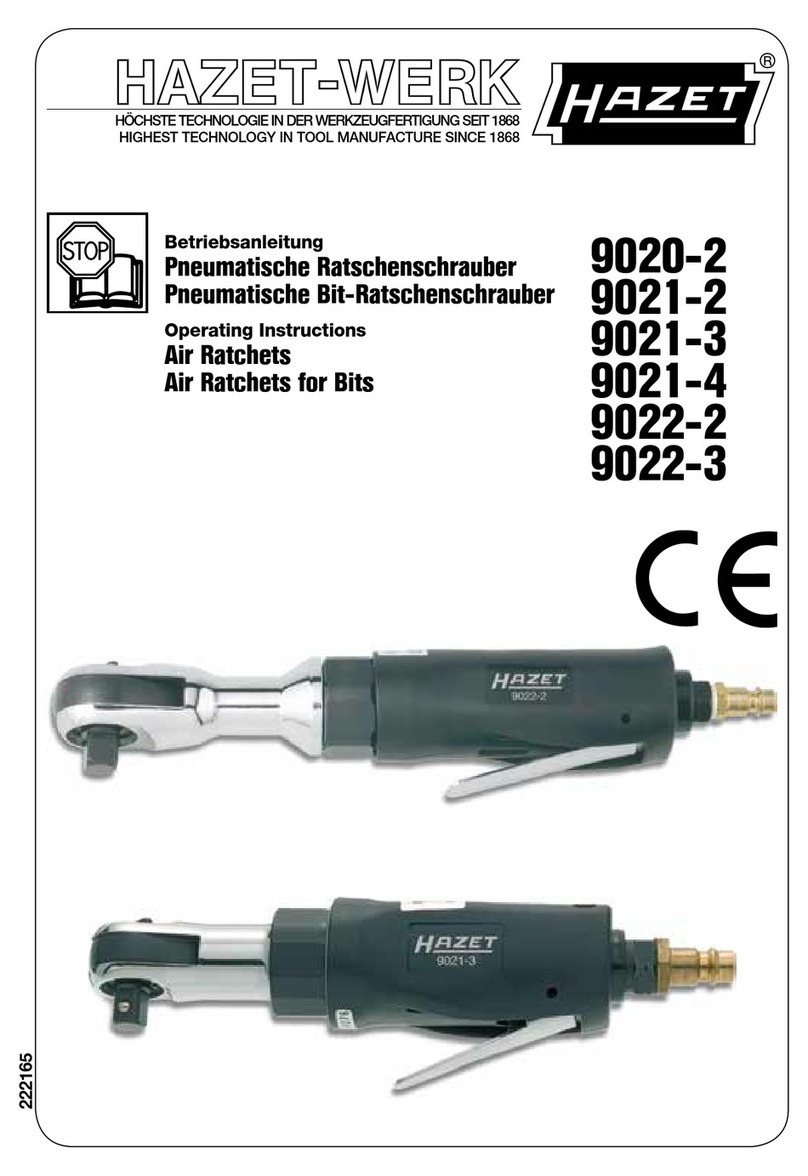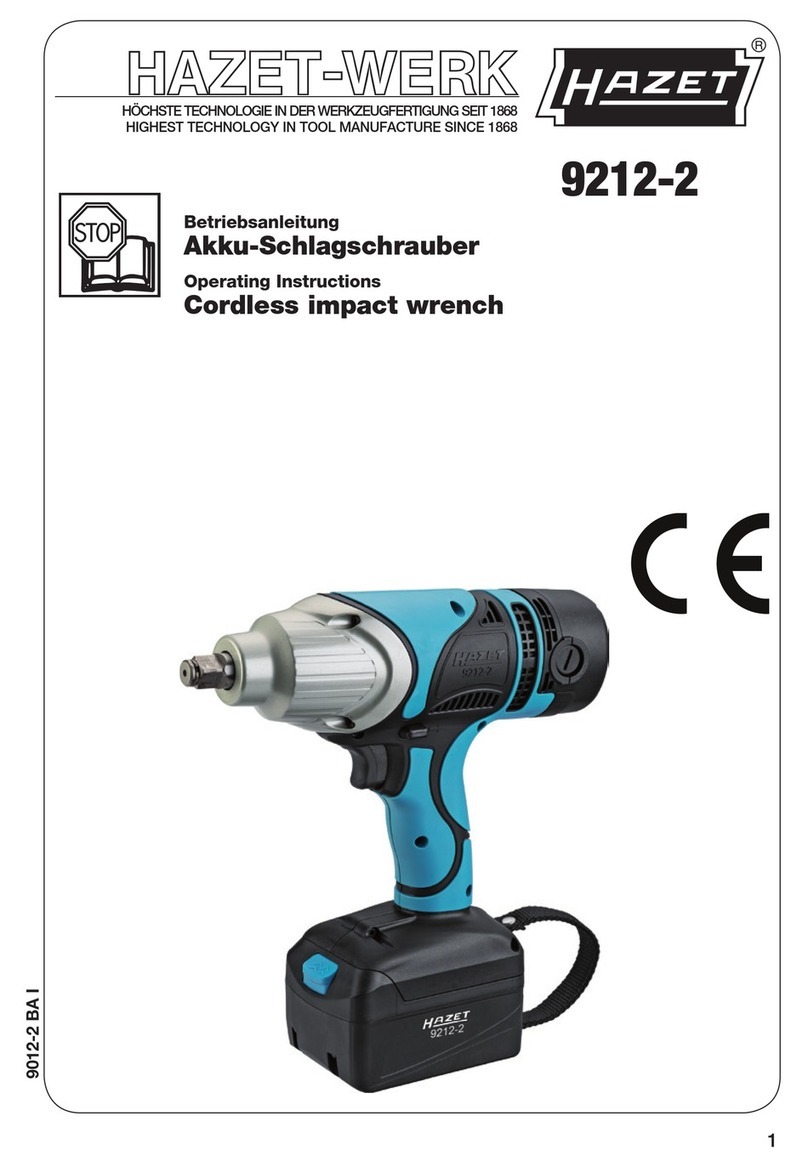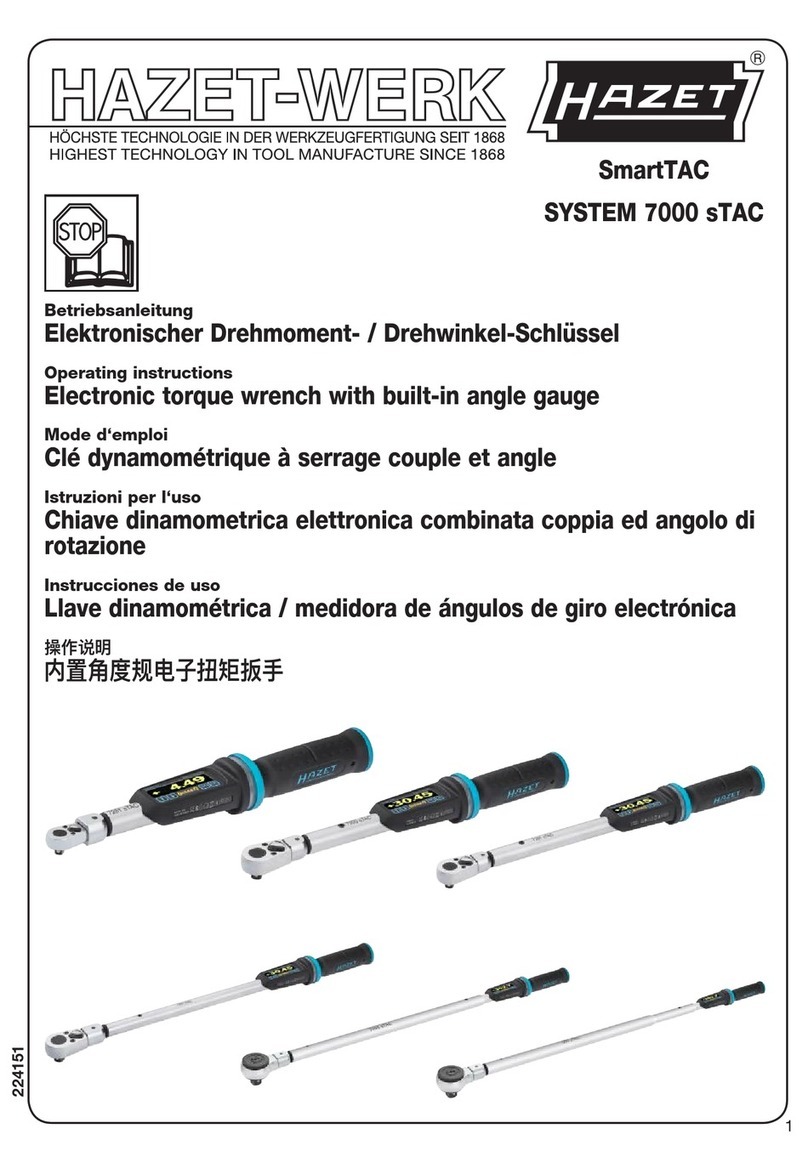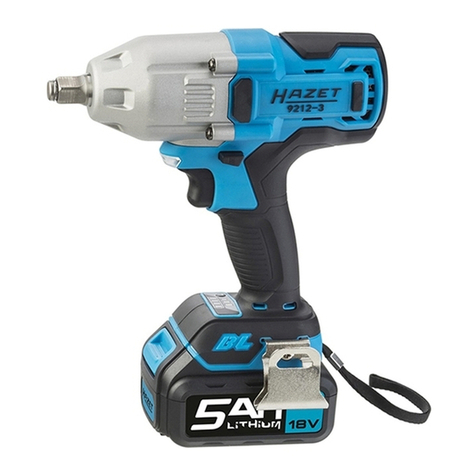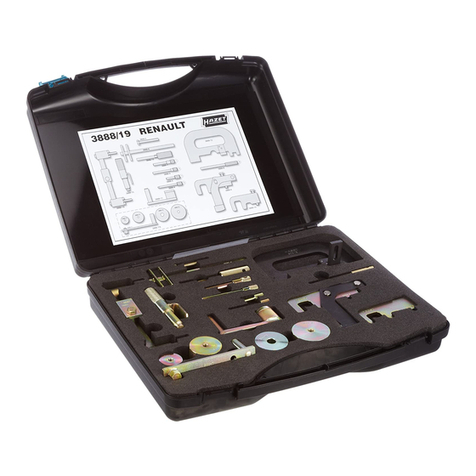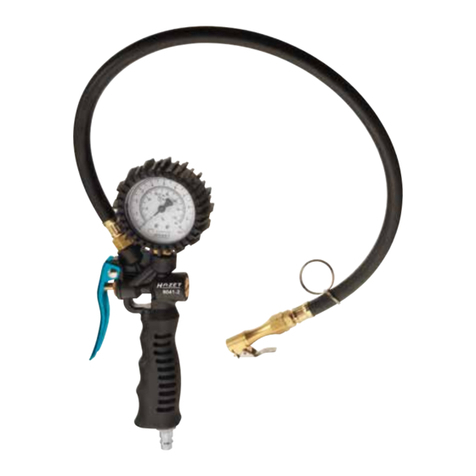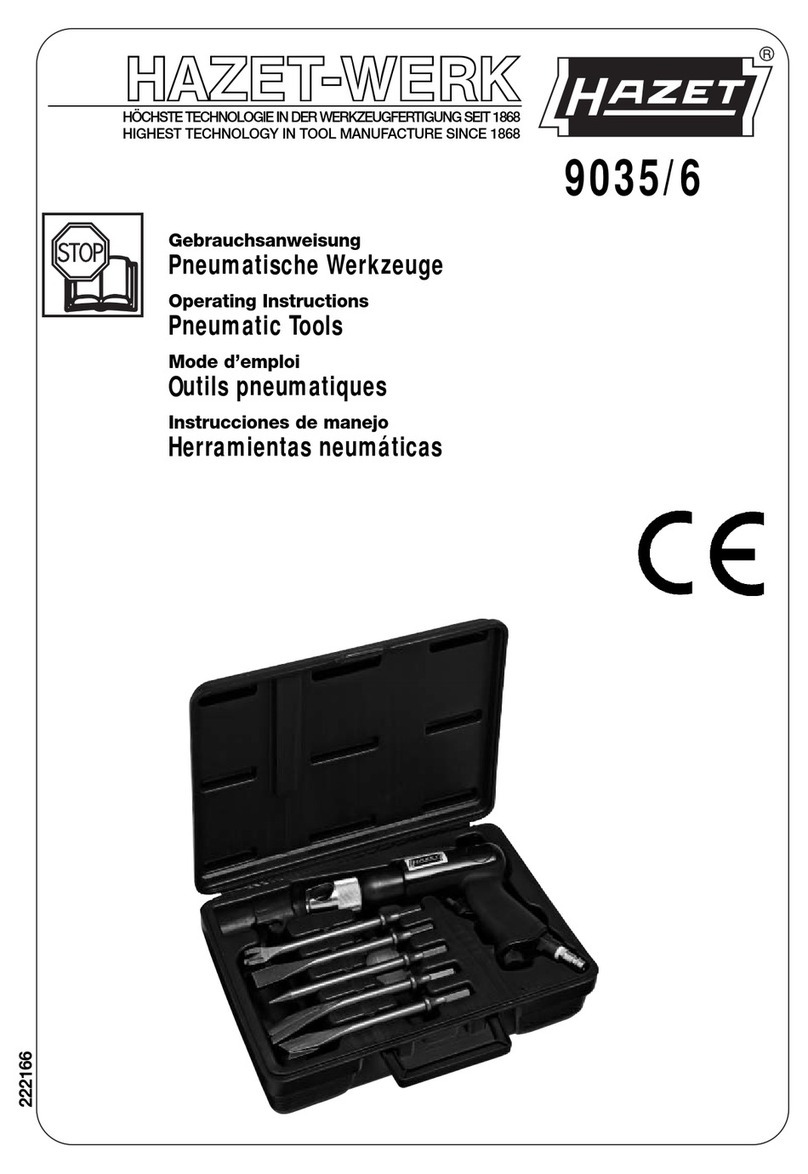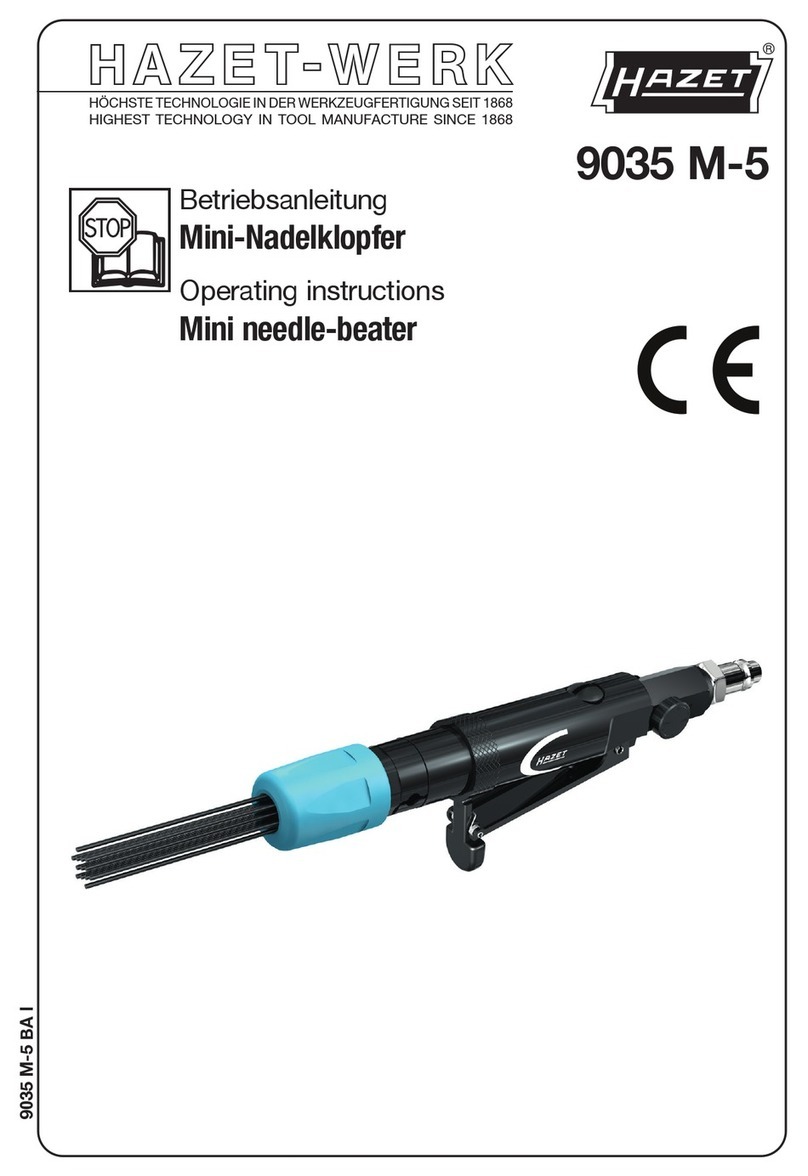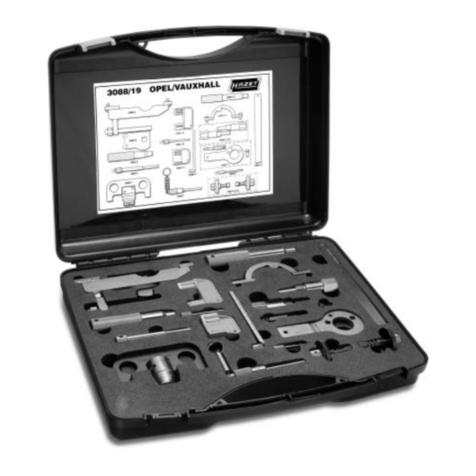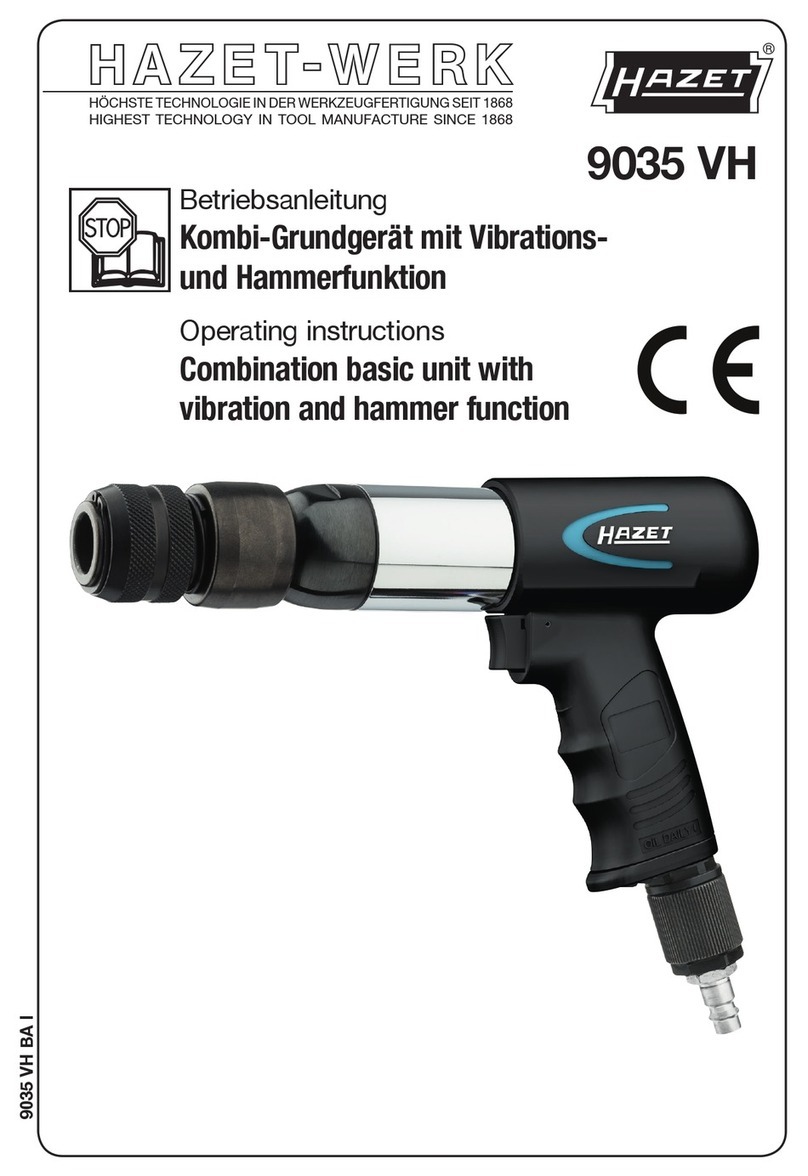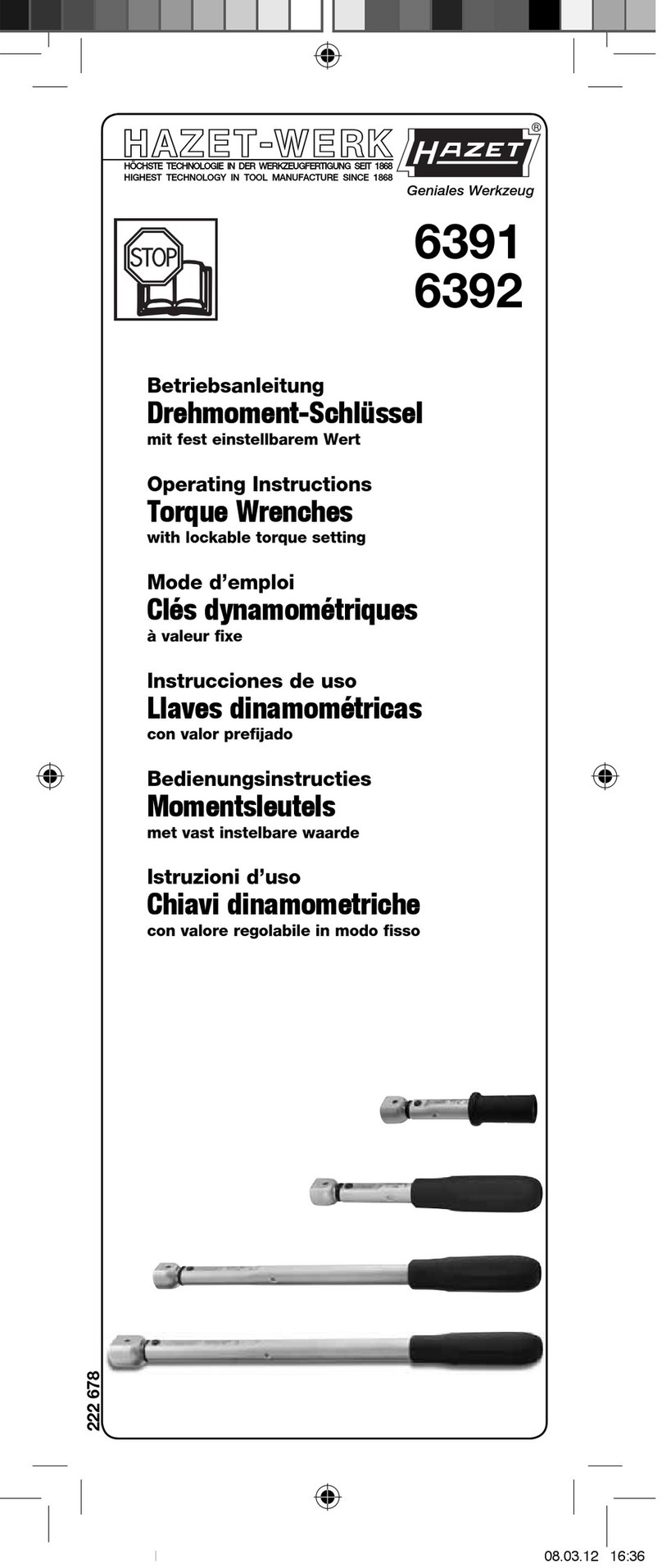
4
1. Verantwortung
des Betreibers
• Das Gerät ist zum Zeitpunkt seiner Ent wick -
lung und Fertigung nach geltenden, aner-
kannten Regeln der Technik gebaut und gilt
als betriebssicher. Es können vom Gerät
jedoch Gefahren ausgehen, wenn es von
nicht fachgerecht ausgebildetem Per sonal,
unsachgemäß oder nicht bestimmungsge-
mäß, verwendet wird. Jede Per son, die mit
Arbeiten am oder mit dem Gerät beauftragt
ist, muss daher die Betriebsanleitung vor
Beginn der Arbeiten gelesen und verstan-
den haben.
• Veränderungen jeglicher Art sowie An- oder
Umbauten am Gerät sind untersagt.
• Alle Sicherheits-, Warn- und Bedienungs-
hin weise am Gerät sind stets in gut lesba-
rem Zustand zu halten. Beschädigte Schil-
der oder Aufkleber müssen sofort erneuert
werden.
• Angegebene Einstellwerte oder -bereiche
sind unbedingt einzuhalten.
Betriebsanleitung stets in unmittelbarer
Nähe des Geräts aufbewahren.
2.
Bestimmungsgemäße
Verwendung
Die Betriebssicherheit ist nur bei bestim-
mungs gemäßer Verwendung entsprechend
der Angaben in der Betriebsanleitung
gewährleistet. Neben den Arbeitssicherheits-
Hinweisen in dieser Betriebsanleitung sind die
für den Ein satz bereich des Gerätes allgemein
gültigen Sicherheits-, Unfallverhütungs- und
Umwelt schutz-Vorschriften zu beachten und
einzuhalten.
Die Benutzung und Wartung muss immer ent-
sprechend den lokalen staatlichen Landes-
oder Bundes bestim mungen erfolgen.
• Gerät nur in technisch einwandfreiem und
betriebssicherem Zustand betreiben.
• Sicherheitseinrichtungen immer frei er -
reich bar vorhalten und regelmäßig prüfen.
• Das HAZET-Reifenfüll-Messgerät, in
robuster Ausführung mit Manometer und
Gummischutz, ist geeignet zum Befüllen und
Entleeren von Reifen an landwirtschaftlichen
Geräten, Pkw, Nfz, Bus, Motorrad, etc. mit
Druckluft.
• Der unsachgemäße Gebrauch des HAZET-
Reifenfüll-Messgerätes oder der Gebrauch
nicht entsprechend der Sicherheitshinweise
kann zu Sach- oder Personenschäden füh-
ren.
• Jede über die bestimmungsgemäße Verwen-
dung hinausgehende und/oder andersartige
Verwendung der Geräte ist untersagt und gilt
als nicht bestimmungsgemäß.
• Ansprüche jeglicher Art gegen den Hersteller
und/oder seine Bevollmächtigten wegen
Schäden aus nicht bestimmungsgemäßer
Verwendung der Geräte sind ausgeschlos-
sen.
• Für alle Schäden bei nicht bestimmungs-
gemäßer Verwendung haftet allein der
Betreiber.
3. Gefahren die vom
Gerät ausgehen
Vor jeder Benutzung ist das HAZET-Werkzeug
auf seine volle Funk tions fähigkeit zu prüfen. Ist
die Funk tions fähig keit nach dem Ergebnis die-
ser Prüfung nicht gewährleistet oder werden
Schäden festgestellt, darf das Werkzeug nicht
verwendet werden. Ist die volle Funktions-
fähigkeit nicht gegeben und das Werkzeug
wird dennoch verwendet, be steht die Gefahr
von erheblichen Kör per-, Ge sund heits- und
Sach schäden.
• Keine Werkzeuge verwenden, bei denen der
Betätigungshebel defekt ist. Werkzeuge, die
nicht mehr mit dem Betätigungshebel ein-
bzw. ausgeschaltet werden können, sind
gefährlich und müssen repariert werden.
• Alle Service- oder Repara turarbeiten immer
durch Fachpersonal ausführen lassen. Um
die Betriebssicherheit auf Dauer zu gewähr-
leisten, dürfen nur Originalersatzteile ver-
wendet werden.
• Schutzvorrichtungen und/oder Gehäuseteile
dürfen nicht entfernt werden.
• Betätigen Sie das Werkzeug nie, wenn eine
Schutzabdeckung fehlt oder wenn nicht alle
Sicherheitseinrichtungen vorhanden und in
einwandfreiem Zustand sind.
2 Zu Ihrer Sicherheit
